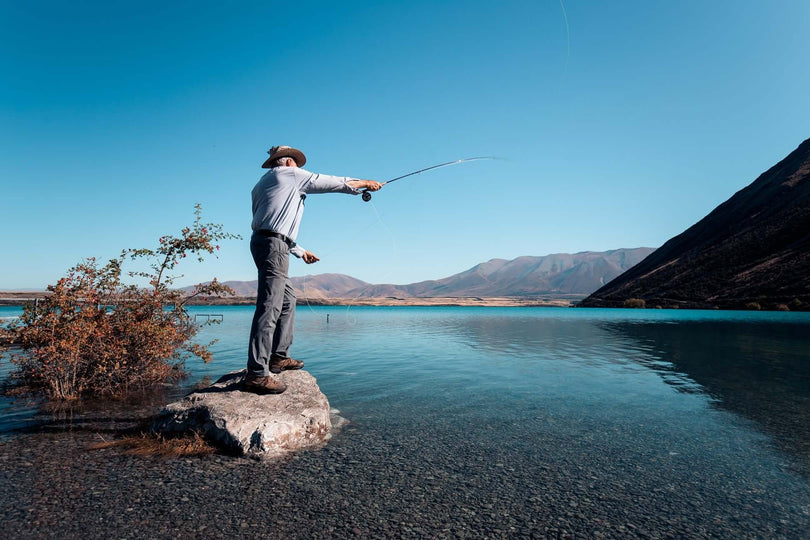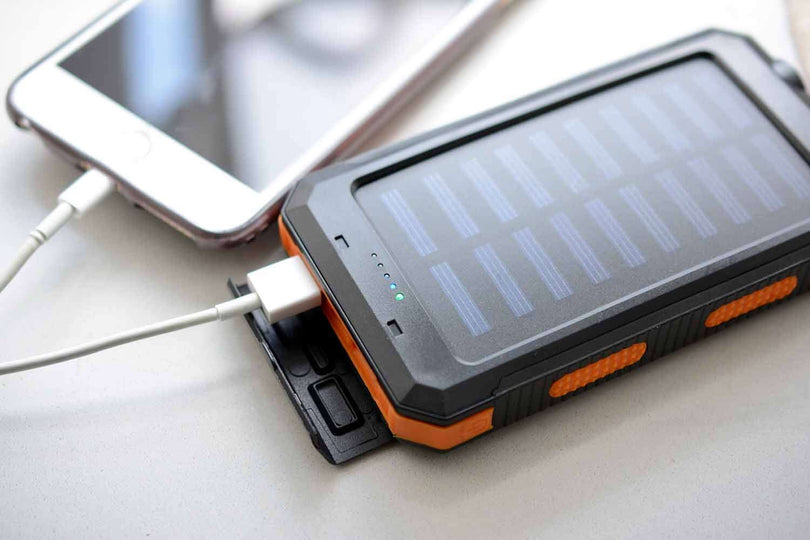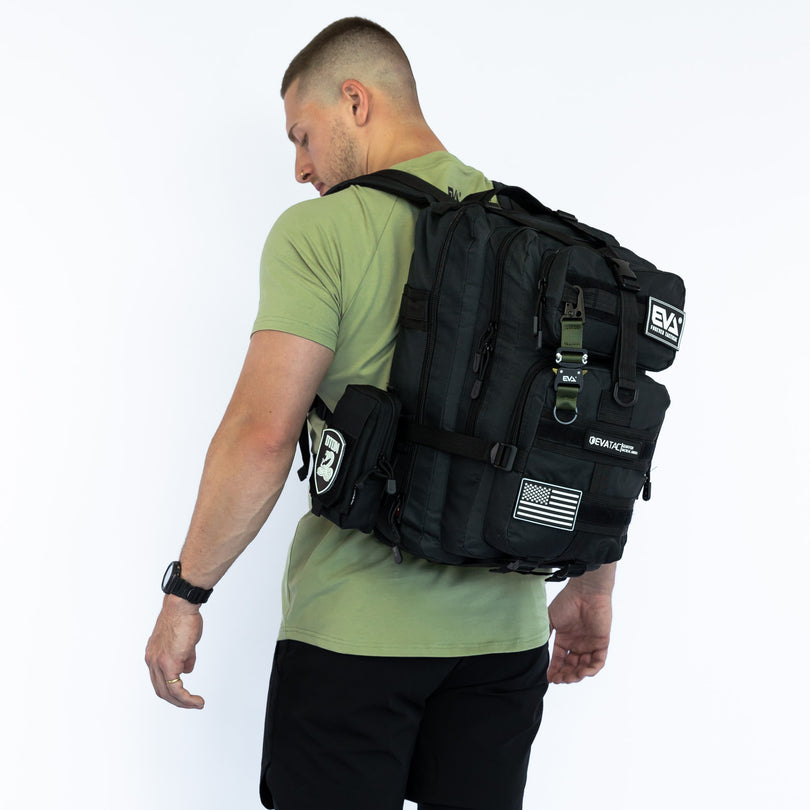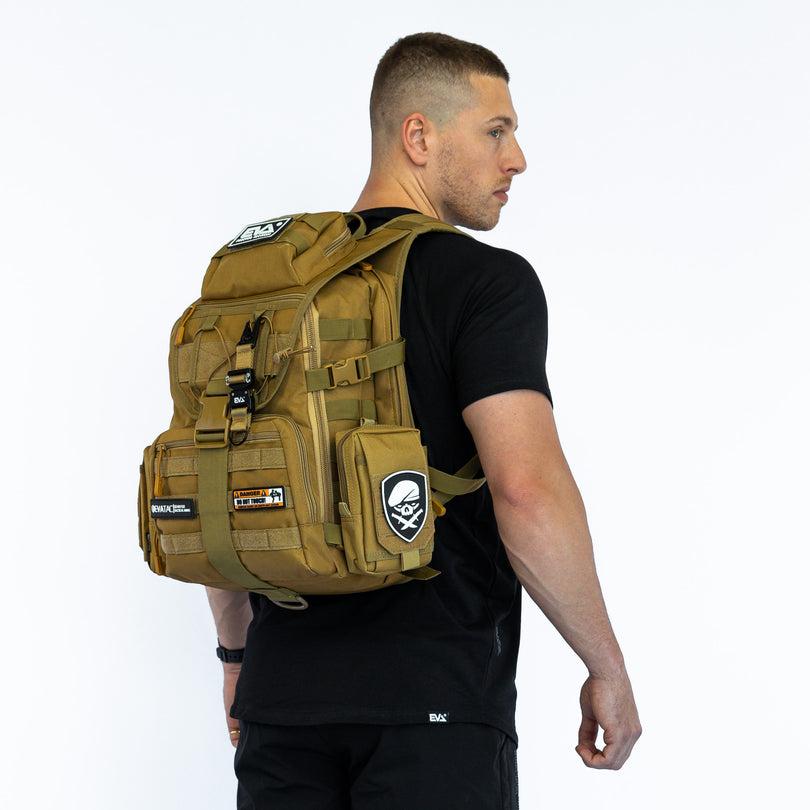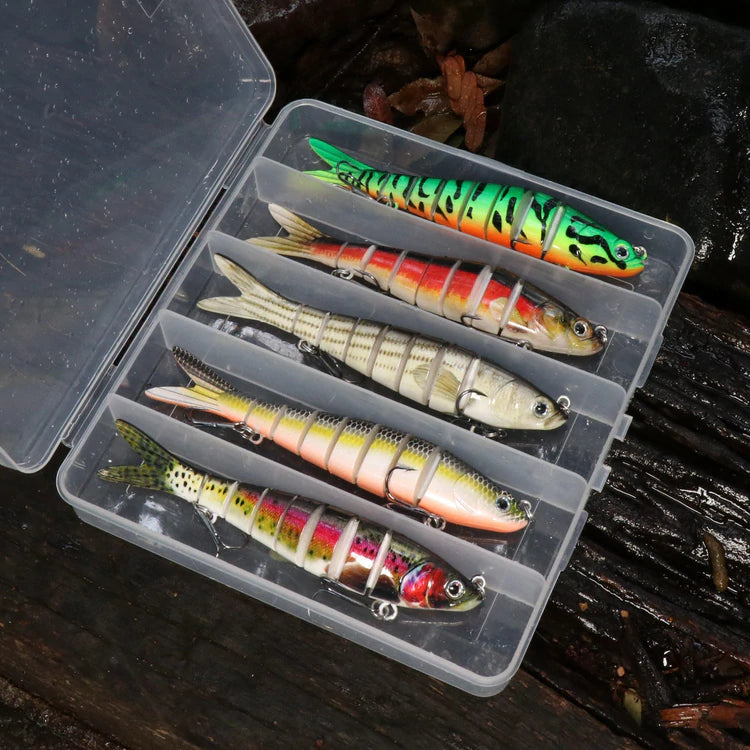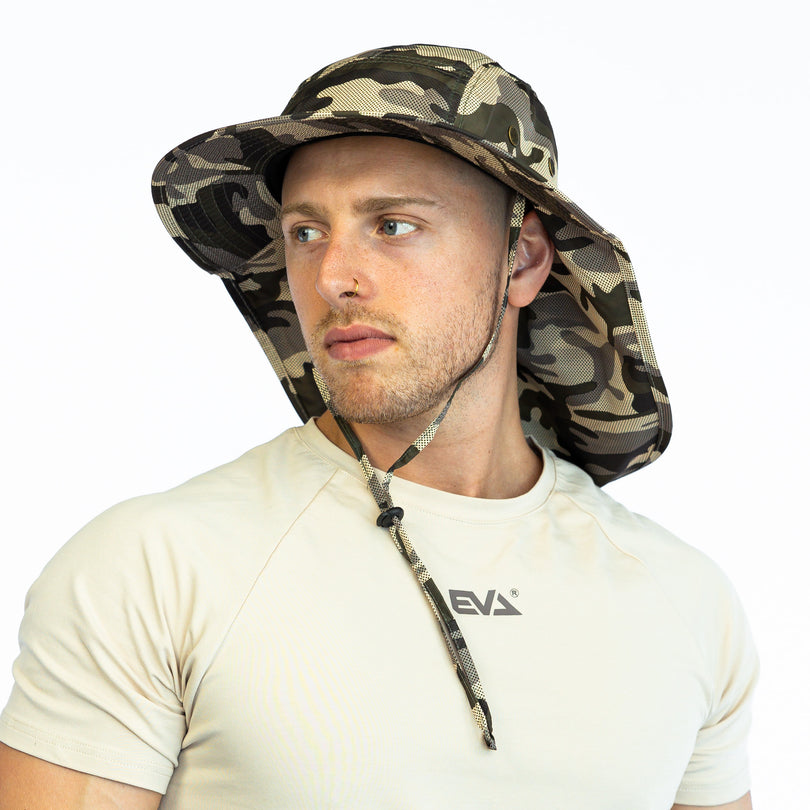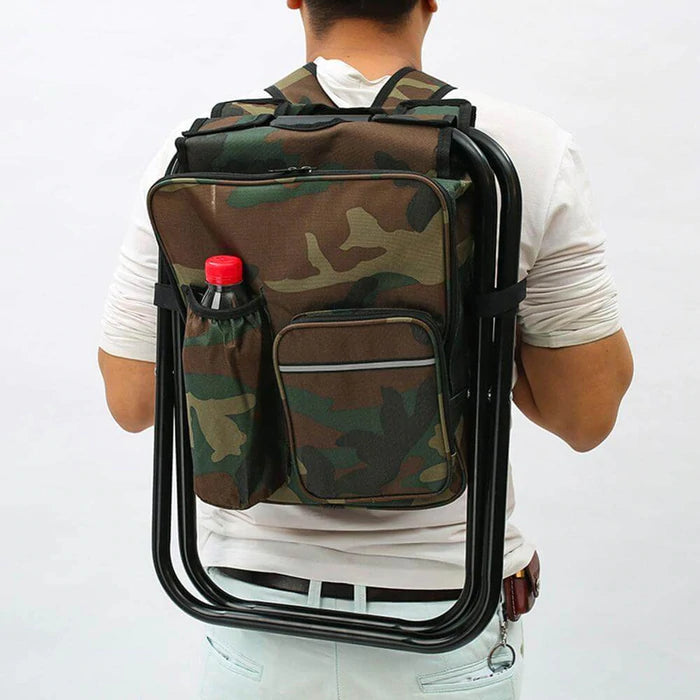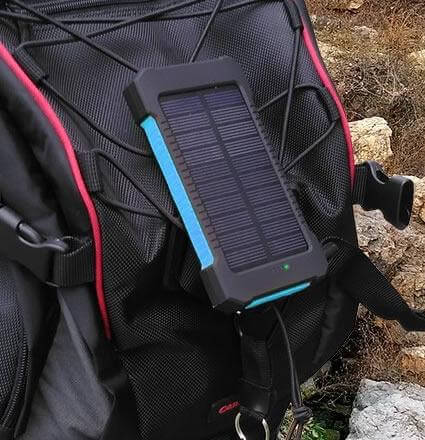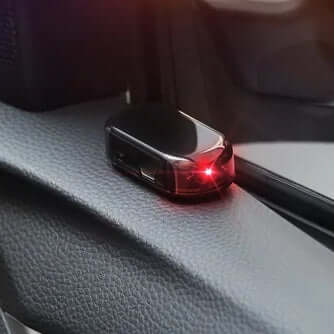Soft plastic lures have become a staple in many anglers' everyday fishing arsenal. The soft plastic fishing lure has been used for decades, and through the years these soft baits have played a large role in the success of soft plastics in general and have evolved to consistently outperform other types of fishing lures. Each year, new and innovative soft plastics are released offering greater appeal to fish, a longer lifespan, and even more movement to entice gamefish.
If you were to ask any angler their top lure of choice, chances are you'd hear about soft plastics. Boat or shore, soft plastic fishing has proven to be extremely effective in all conditions, and for good reason. There is a wide range of soft plastics fishing baits from which to choose — from worms and grubs to the uber-realistic frogs — almost any fish in any body of water will bite on a soft plastic if it's presented properly.
The versatility of soft plastic lures is one of their biggest strengths, which comes in handy when fingers are crossed for an unpredictable day on the water. But what makes them so special?
Koala Outdoor shares a few reasons why soft plastic lures are perfect:
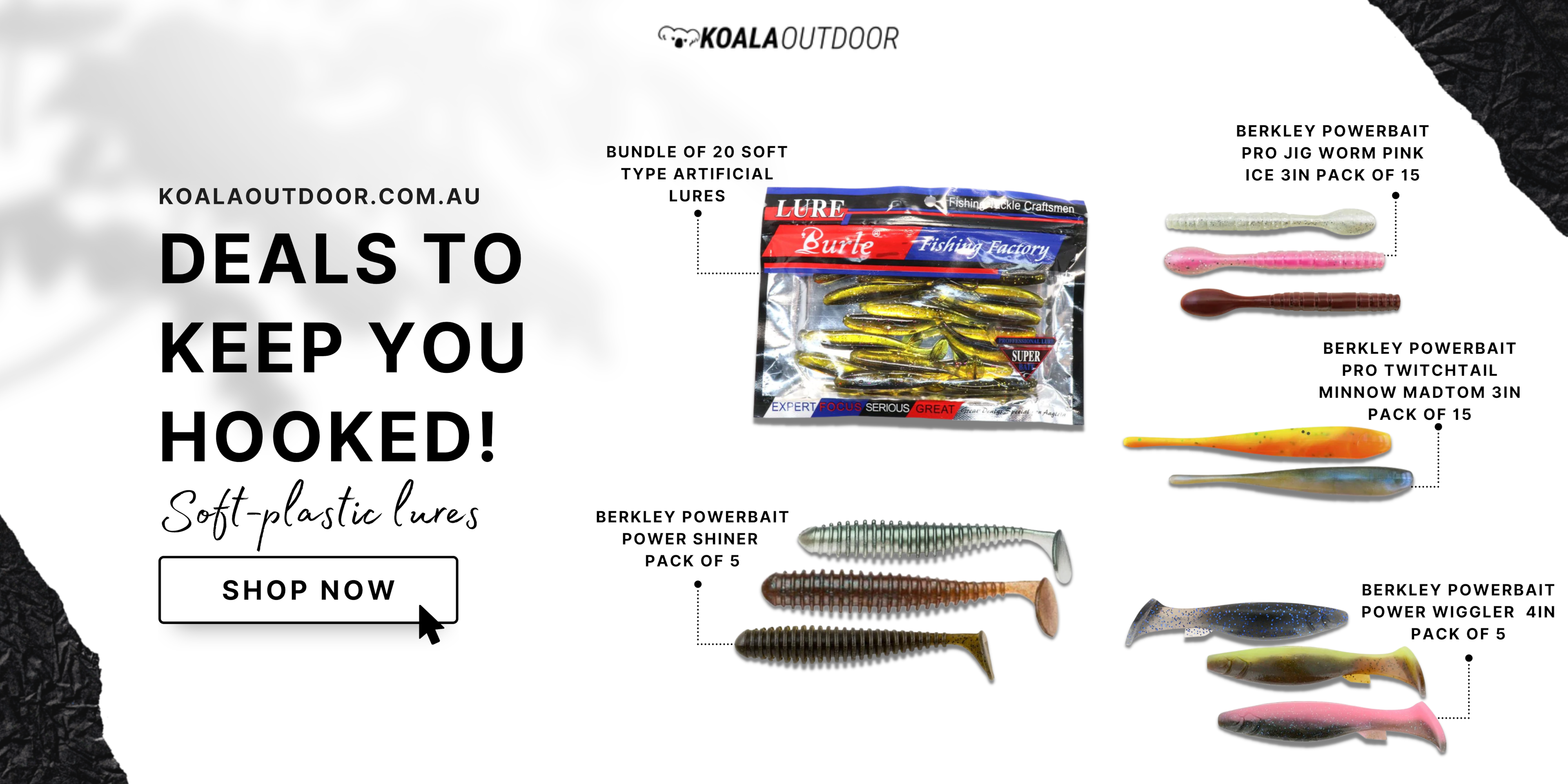 They're versatile
They're versatile
Soft plastic lures can be used in a variety of ways, making them ideal for anglers who like to experiment and try new techniques. Whether you're fishing for bass, trout, snapper, bream, walleye, or almost any other type of fish, there's a soft plastic that will do the job.
They're lifelike
Soft plastic lures often mimic the look and feel of live bait, making them irresistible to fish. Many soft plastics even feature lifelike detailing, such as 3D eyes and fins, that further increase their appeal.
They're durable
Soft plastic lures are built to last, meaning you'll get more use out of them than other types of lures. You don't have to worry about them breaking or tearing, even if you're fishing in heavy cover or rocky waters.
They're affordable
Soft plastics lures are of great value, especially when compared to live bait. You can find high-quality soft plastics at most tackle shops and sporting goods stores, making them easy to find and purchase.
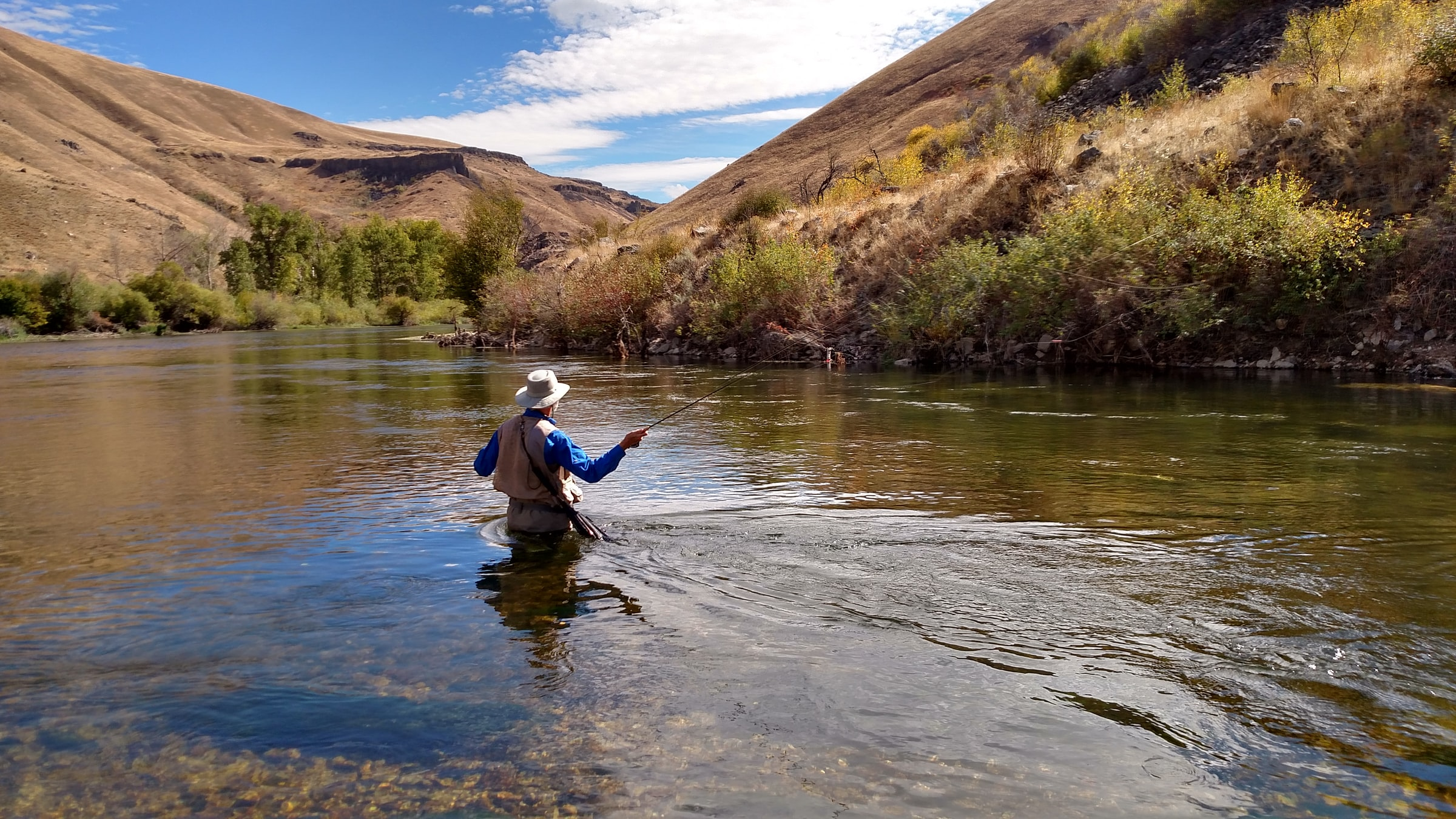 How do you fish soft plastic?
How do you fish soft plastic?
As an angler, one of the most important things you can do is to make sure your lure is properly rigged. Not only does this ensure that you'll get the best possible action out of your lure, but it also helps to prevent line tangles and other potential problems. Soft plastic lures are no exception - in fact, due to their pliable nature, most soft plastic lures often require a bit more care when rigging. But the results are well worth it, as soft plastic fishing are some of the most versatile and effective lures available.
There are different styles for different fishing applications. From freshwater to saltwater fishing, big game to ultra-light tackle fishing. Whatever fish species you are keen on chasing, there are soft plastic lures designed for it. Here are a few tips on how to fish soft plastic lures for maximum effectiveness:
Step 1: Choose the appropriate fishing line
The type of soft plastic fishing line you use will depend on the fish you are targeting. For example, if you are fishing for bass, a heavier line is often best. But if you are fishing for trout, a lighter line is often best.
Step 2: Choose the appropriate rod and reel
The type of rod and reel you use will also depend on the fish you are targeting. For example, if you are fishing for bass, a heavier rod and reel are often best. But if you are fishing for trout, a lighter rod and reel are often best.
Step 3: Attach the lure to the line
Once you've chosen the appropriate line, you'll need to attach the lure to it. This can be done using a variety of knots, but the most popular is the Palomar knot.
Step 4: Cast your line into the water
Once the lure is attached to the line, you can cast it into the water. Depending on the fish you are targeting, you'll want to cast your line into different areas. For example, if you are fishing for bass, you might want to cast your line near submerged logs or rocks. But if you are fishing for trout, you might want to cast your line into a pool or stream.
Step 5: Retrieve the lure
Once your line is in the water, you'll need to start retrieving the lure. Depending on the fish you are targeting, you'll want to use a different retrieval speed. For example, if you are fishing for bass, a slow and steady retrieve is often best. But if you are fishing for trout, a faster retrieve can be more effective.
As you can see, there are a few different steps that need to be followed when fishing with a soft plastic lure. But once you get the hang of it, it's a relatively simple process. And with a little practice, you'll be able to catch bigger fish like a pro in no time.
At Koala Outdoor, we can tell you what soft plastic will work on what species and which colours to try and of course where you can go to catch your target species. We have a massive range of soft plastics and if they don't have what you are after they are happy to source it for you.
We prefer to use the Berkley Powerbait Power Wigglers, these lures are perfect for getting large predators to bite! It really offers the ultimate in sensitivity, which helps detect any subtle bites or hits. The round profile entices fish that like to swim near the surface of the water. Plus, with a big tail at the end of this lure, you can guarantee an interesting rolling motion when in use!
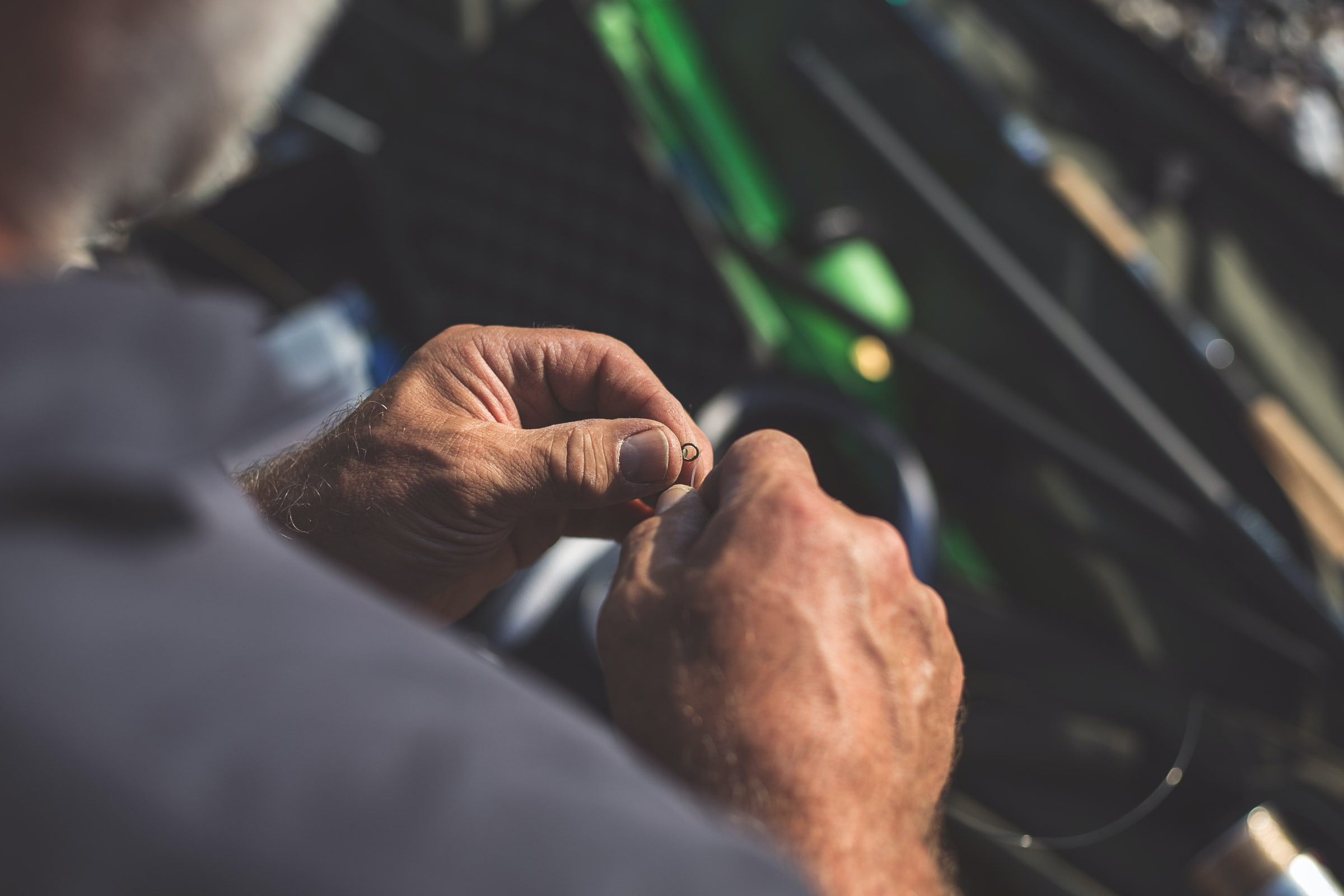 How do you rig soft plastic?
How do you rig soft plastic?
Soft plastics are one of the most versatile and popular types of fishing lures on the market today. They come in hundreds of shapes, and colors, and can be fished effectively in almost any scenario encountered on the water. With so many options, you probably end up asking yourself how to rig a soft plastic.
To maximize their effectiveness, anglers have developed almost as many ways to rig soft plastics as there are styles. Whether you're fishing for bass, trout, walleye, or other fish species entirely, there's a soft plastic lure that's perfect for the job.
And in this latest article, we're going to show you how to rig them up and fish them effectively.
Texas Rigging
If you’re fishing around covers such as rock, wood, or vegetation, Texas rigging will keep your plastic from getting hung up.
Step 1
The most common way to Texas rig a soft plastic is to use an offset shank hook, one in which the shank bends away from the eye (rather than toward it).
Step 2
Next, insert the offset shank hook into the head of the bait, then back out about a ¼ of an inch below the head.
Step 3
Then slide the entire hook through the bait. This will rotate the point of the hook back along the body of the bait, leaving only a small part exposed near where you put it into the head.
Shaky Head Rigging
Shaky heads are an alternative Texas rig for fishing. They provide more finesse and allow you to go deeper, such as around rocks and boat docks.
Step 1
When rigging soft plastics, insert the point of your hook through the head of the bait, then pull it back out a little bit, positioning the head of the bait so that it's offset on the shank of the hook.
Step 2
Use an offset shank hook, and push the point of it all the way through the body of your bait about a ¼ inch below the body.
Step 3
Insert the hook point through the body of the bait, then push it back out so that it rests just below the surface of the plastic.
 Wacky Rigging
Wacky Rigging
Wacky rigging a plastic bait is a great way to free up the action of a stickbait and create a profile that bass can't resist. Wacky riggers pay attention to how the current moves through their presentation and make subtle adjustments based on what they see in the water. It's a good idea to wacky rig other soft plastics, like jerkbaits, worms, and creature baits.
To rig a soft plastic, take a sharp hook and hook it through the middle of your plastic bait.
Nose-Hooked Rigging On A Dropshot
One of the main draws of soft plastics is their lifelike appearance, but if you're looking for even more action from your baits, try nose-hooking them. Ideal around sparse cover on a drop shot, nose-hooking brings out an irresistible life-like action that no bass can resist.
To rig a soft plastic nose-hooked, you need to:
Step 1
Tie a small, sharp hook perpendicular to your line above a sinker on a dropshot.
Step 2
Stick this through the nose of the bait.
Koala Pro Tip: If your soft plastic isn't correctly rigged, it will spin and no more fish will come near it. Rig it correctly and you'll be amazed at the subtle action you get from the soft plastics and of course you'll actually catch fish!
Like with anything in life and fishing, it does take some practice to properly rig a soft plastic onto a hook. It is important to get the plastic lure onto the hook straight, or else it won't swim straight and will look wonky.
How do you hook soft bait?
Once you have chosen the right soft bait, it's time to start hooking your soft plastic lure. The process is pretty simple and only requires a few steps:
1. Choose the right size hook for your lure and bait. If you are using a small lure, use a smaller hook. If you are using a bigger lure, you can use a bigger hook.
2. Thread the hook through the nose of the lure.
3. Slide the jig head up to the nose of the lure. The three most common styles are the standard, weedless and hidden weight system (HWS) jigheads.
Koala Pro Tip: If targeting light estuary species like bream you will require light jig heads such as 1/12, 1/16, 1/20, 1/28, 1/40. These will allow the soft plastic to sink slowly and enhances the action of the soft plastics. You should also spend some time getting familiar with weedless and HWS jig heads. HWS stands for hidden weight system and they are ideal for hiding the lead within the soft plastic whilst being great to avoid weed and debris.
4. Push the point of the hook through the top of the jig head.
5. Bend the hook down and around so that the point is buried in the body of the lure.
6. Push the jighead all the way up to the nose of the lure.
That's it! You're now ready to fish with your soft plastic lure. Remember to consider the factors listed above when choosing your jighead and rigging your lure so that you can have the best possible chance of success.
 How do you setup a soft lure?
How do you setup a soft lure?
Soft plastics are one of the most versatile and effective lures that an angler can use. They come in a wide variety of shapes, sizes, and colors, which gives you the ability to match the hatch and attract a wide range of fish species. In this blog post, we'll give you a step-by-step guide on how to rig a soft plastic lure so you can start fishing with them today.
Step 1
Rigging a soft plastic lure is simple and only requires a few supplies that you likely already have in your tackle box.
Step 2
The first step is to thread the line through the eyelet of the hook. You can use monofilament, fluorocarbon, or braided line - it's up to you.
Step 3
Next, tie a knot in the line so that the soft plastic is secured to the hook. We recommend using a Palomar knot or a similar knot that will cinch down tight on the lure.
Step 4
Now it's time to slide the soft plastic onto the hook. If you're using a worm or creature bait, you'll want to thread the hook through the middle of the lure so that it's weedless. If you're using a swimbait or other type of lure, you can simply slide it onto the hook from the top.
Step 5
Once the soft plastic is in place, give it a little tug to make sure it's secure, and then you're ready to start fishing.
Soft plastics are an incredibly effective lure for a wide range of fish species, so don't be afraid to experiment with different types of baits until you find what works best in your local waters.
Do you use a swivel with soft plastics?
Many anglers like to use swivels with their soft plastics, as it can help to reduce line twists. If you're using a spinning reel, it's a good idea to put a swivel between the lure and the line to prevent the line from getting tangled. However, if you're using a baitcasting reel, you may not need a swivel as the line is less likely to twist. It's really up to personal preference, so experiment to see what works best for you.
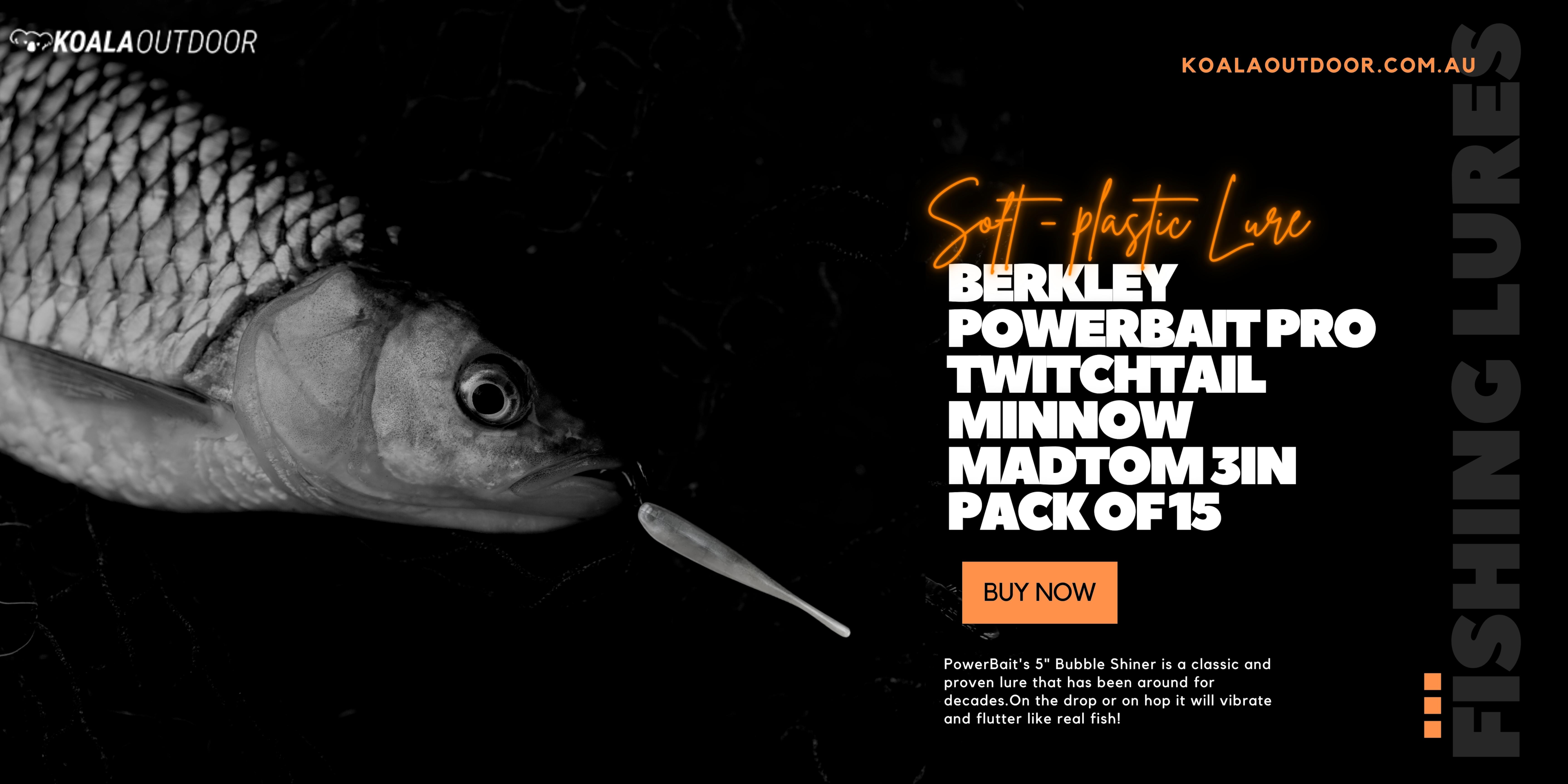 Do you use a sinker with soft plastics?
Do you use a sinker with soft plastics?
Absolutely, a sinker helps to get your lure down to the fish, and also gives it extra action as it falls. Swivels are also a good idea, as they help to prevent line twists.
Do you use a leader with soft plastics?
Yes, a leader helps to protect your line from being cut by the fish's teeth, and it also ensures that the fish is properly hooked. You need to learn how to tie on the fluoro-carbon leader to the braid but a double uni knot is pretty easy once you've done it a few times and it doesn't take long to re-rig if you lose your tackle.
What line do you use for soft plastic bait?
There's no one-size-fits-all answer to this question, as the type of line you use will depend on the specific water conditions you're fishing in. In general, though, most anglers use monofilament or fluorocarbon line when fishing with soft plastics. These lines are strong and less likely to break, which is important when you're using such a delicate lure.
So what line should you use for soft plastic bait? The answer depends on the type of fishing you're doing and the size of fish you're targeting. In general, monofilament or fluorocarbon lines are a good choice. These lines are strong and less likely to break, which is important when you're using such a delicate lure.
 Conclusion
Conclusion
When it comes to fishing, nothing compares to the excitement of catching a big fish. Whether you're a seasoned angler or just getting started, soft plastics are a great option for your next fishing trip. With their versatility, lifelike appeal, and durability, it's no wonder they're one of the most popular types of lures on the market.
Soft plastics are the perfect lure for most angling situations. By having a soft plastic in your arsenal, you greatly increase your chances of fishing success. So what are you waiting for? Give soft plastics a try the next time you hit the water.






